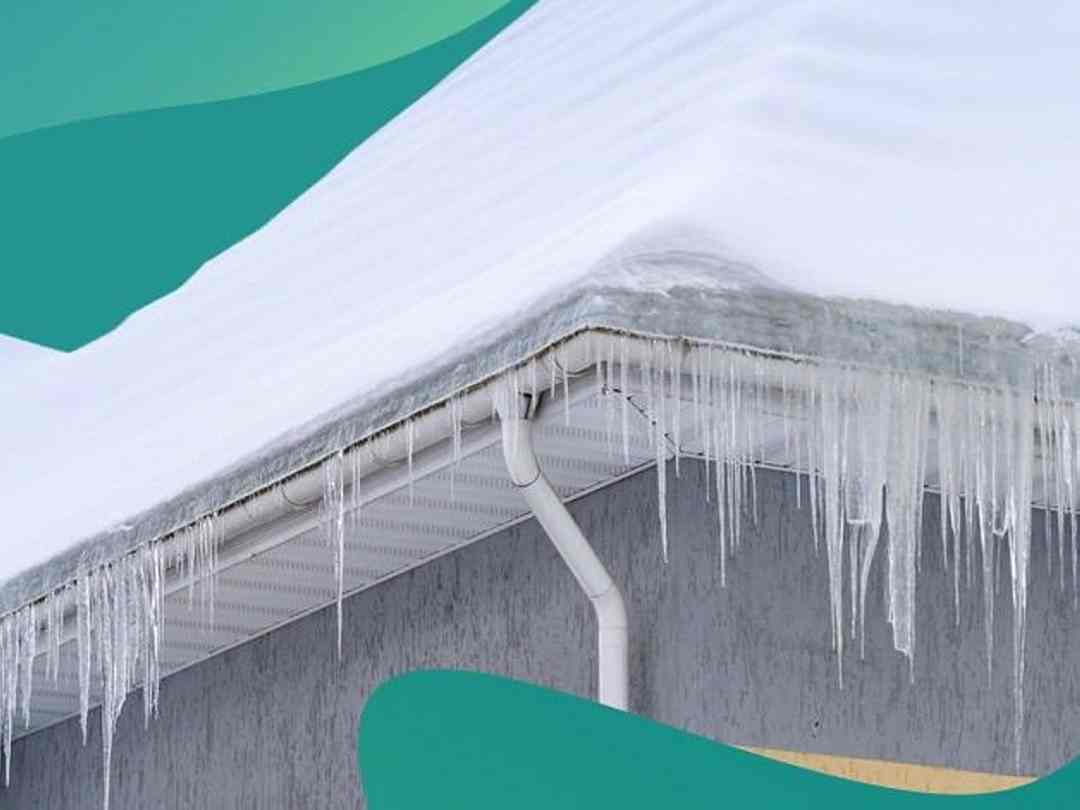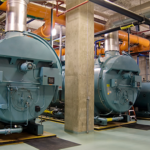Weather conditions in winter can cause a variety of damage to homes. Iced-up pipes, strong winds and roof leakages are just a few of the issues brought on by this period. More than half of all insurance claims are a result of these cool temperatures and their associated insurance cases. By the end of the calendar year, approximately 1 in 15 homeowners who are insured will have filed a claim for winter damages.
What are the statistics?
Winter season tornados caused $15.1 billion of insured losses in the first half of 2021. Hailstorm and wind storms were responsible for 34%, while 29% of the losses were attributed to cold-related water damage. That’s not everything. Winter weather conditions can bring about tree loss, branch breakage, and flying particles.
Ice dams
When winter weather conditions are at their worst, ice dams can form. They usually base on your roof to prevent snow from falling. These ice dams can thaw a bit as the temperature changes, only to refreeze again. It can cause ice to form under the roof shingles and lead to leaks.
A ice dam will prevent water from draining from your roof. The trapped water on your roof is undergoing melting and refreezing cycles. It goes through a process of tightening as it grows. In essence, the water initially gets under your roof covering shingles and also into any kind of fractures or crevices it can find. The water then freezes and also expands. During the growth, your roof will take damage, and also some components may gradually degrade or stop providing their specified function completely. The ice dams prevent your seamless gutters and roof from working as intended. This water then damages the integrity of your roof. The encased water can trigger mold and mildew growth, cause ceilings to collapse, damage electrics as well as even weaken walls.
What can I do to prevent this?
You can take two important steps.
- You can preventively clean your seamless gutters. Remove any kind of debris, sticks, leaves and also needles in order to reduce the possibility of clogging.
- After snowfall you can clear out some of the problem areas on your roof. It is especially efficient in winter weather if you could get a ladder and also clean out the problem areas while the snow is melting.
Is this covered by my insurance?
This depends on your insurance plan. If you can show the damage caused by a single tornado or winter weather event, as well as the growth of an ice-dam, most insurance providers will cover your case. Some insurance providers are unpredictable. If your policy does not cover ice dams, you may find yourself with a refusal.
Roof and exterior siding damage
Winter storms, ice, and also snow can cause roofs to collapse. The problem is only aggravated with time. The older the building, the greater the possibility of winter weather damage. Although you are aware of the dangers associated with ice dams and also their potential to cause damage, damages could be caused by neglect or wear.
Check your roof! To prepare for winter, you should pull the ladder from the garage and also fix or replace any kind of missing or loose roof shingles. You should check your roof in the event of a major hailstorm. It is important to do this because insurance companies are more likely to pay out if they can identify the specific tornado or winter weather event that caused your damage.
This wintery combination can also cause your exterior siding to fly off due to the same reasons- water turning into ice, increasing and acquiring, wind ripping exterior siding as well as debris falling on your home.
You can perform a similar checkup to your roof. Make sure that the exterior siding has been protected and also is not deteriorating anywhere. Replace any kind of damaged items prior to the winter weather conditions arrives.
Losses due to falling trees or arms and legs
The tornado is back, but you find that it has left behind some particles. It could be a small branch and also the damage is minimal. If you’re unfortunate enough, maybe a whole tree has actually gotten into your attic. The range of these losses and what you should do about them will depend on the circumstances.
Am I covered by my insurance?
It depends. Insurance coverage will usually cover damages that were caused by winter weather conditions and a specific tornado. It is important to do this as it shows the insurer that the damage was caused by a tornado on a specific day and not due to carelessness.
Your plan will determine whether or not you are directly covered. You will be covered for more situations if you have a plan that covers all risks. Check the fine print.
Consider whether the amount of your insurance deductible is worth it. In cases like these, you’ll typically have to pay your insurance deductible. It may be cheaper to fix your home separately for smaller winter weather damage than to pay the insurance deductible. If a tree has actually split your house in half, your insurance policy (assuming it’s covered) is the best option. However, if it’s just a branch of a tree, you should do what is financially sensible.
What should I do if the damage is covered but there is still an unattended tree on my lawn?
You have actually repaired your home and also cleared the dirt, but you still have an enormous tree in your yard. Most home owner’s insurance plans offer minimal insurance coverage for the removal of fallen trees and also various other tornado-related winter weather conditions particles. minimum is the key word. Make sure you know what your insurance policy will cover and also what will need to be a cost.
Icy pipelines
Iced pipelines could be anything from a trouble to a very costly insurance claim. The water in your pipes can freeze up during extreme cold. This iced water expands and could cause your pipelines breaking! Water damage can be caused throughout the house. This includes carpets, floorboards and drywalls. Paint, personal possessions as well as electronic gadgets could also be damaged. Nearly 20% of water damage cases in homes are caused by frozen pipes. A typical case cost around $18,000 dollars.
What can I avoid?
Keep your home warm! Even if you are away, do not lower the temperature below 55F+. Open up the cabinets under your sinks and also use heat tape on any kind of exposed pipes if the temperature level drops to a dangerous degree.
Fires in the home
We know what you believe. Outside, it is 0 degrees. My home has no chance of igniting. Incorrect! Home fires can occur at any time of the year. Most of the time, home fires are caused by an extra home heating source. The stove being left on or the area heating system on when you are sleeping, or a cigarette that is not properly smoked. For those who live in houses or condos, the fire safety of your neighbors can affect your own. If your next-door neighbors are careless, you may want to adjust your insurance policy to include coverage for this.
How can I prepare my home for the winter?
- It is essential to clean seamless gutters and downspouts. This will help you avoid the formation of ice dams. By ensuring that your roof drainage system functions correctly, you can help to secure it.
- Check your carbon monoxide and smoke detectors. A lot can happen in a single winter. Why not just check this off your list of things to do? Make sure you and your family are protected.
- You can cut tree branches if you want to. This will make it less likely that your family will discover a branch in your roof shingles on Christmas morning. Tree treatment that is aggressive can save you a lot of money in the long run.
- You can shield your windows in numerous ways, including by acquiring brand-new windows at the extreme end, or using rope caulk, V seal weather conditions removing or reduce film. This will assist you to keep your energy costs down during the demanding winter.
- Check your fireplace from the inside and outside! Inside your home, make sure that the damper for your fireplace is working properly. It should be able to open and close with a proper seal. Also, check that the fire blocks are in good shape. They shouldn’t have any cracks or missing mortar. Outside, make sure you blink only when necessary to prevent leaks, and that the blocks, mortar, as well as the blocks are in good working order. Also, check your smokeshaft cap, as it should be where you left.








